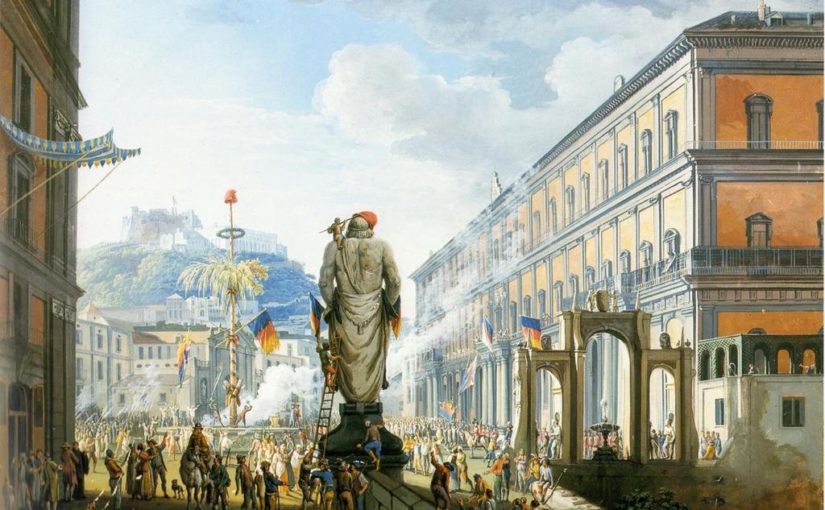When the independent National Grand Lodge “Lo Zelo” reconvened in June 1776, the office of Grand Master that had been left vacant by Francesco D’Aquino Prince of Caramanico , was filled by Prince Diego Naselli Prince D’Aragona. Both men were very close to Queen Caroline.
In 1783 Naselli became also the Grand Master of the Provincial Grand Lodge of Naples which run alongside the other Provincial Grand Lodge (under the English jurisdiction) led by Cesare Pignatelli Duke of San Demetrio.
Meanwhile, in Naples the Marquis La Sambuca, having taken over the role of Prime Minister from the old and disgraced Tanucci, began distinguishing himself for all the wrong reasons. Instead of conforming with Queen Caroline’s political strategy, he realigned the Kingdom of Naples with Spain’s interests and foolishly opened himself to accusations of “filling his pockets”. Caroline sacked him and on the advice of her favourite – the Freemason Francesco D’Aquino Prince Caramanico – appointed John or Giovanni Acton[1] in 1779 ; a decision that unequivocally placed the Kingdom of Naples under the influence of France’s most historical enemy, Great Britain.
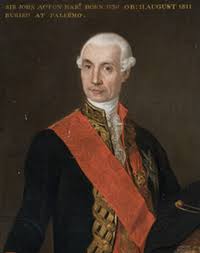 Acton (seen in the above portrait) was born in Besancon in 1736 , the son of an English physician who had moved and settled in France. He had entered service in the English Navy ( 1750- 1756) and then enrolled into that of the Duchy of Toscany. In 1767 he was raised to the office of Captain and in 1775, he participated to the joint Spanish-Tuscan expedition against the port of Algier. In 1776 Acton was promoted to Major General and put in charge of the Duchy of Tuscany’s Navy where he performed with distinction. The Archduke of Tuscany – Leopold II of Hapbsburg-Lorraine – -was a sibling of Queen Carolina and obliged her when she asked him to send Acton to Naples to reorganize the Navy of her husband’s Kingdom.
Acton (seen in the above portrait) was born in Besancon in 1736 , the son of an English physician who had moved and settled in France. He had entered service in the English Navy ( 1750- 1756) and then enrolled into that of the Duchy of Toscany. In 1767 he was raised to the office of Captain and in 1775, he participated to the joint Spanish-Tuscan expedition against the port of Algier. In 1776 Acton was promoted to Major General and put in charge of the Duchy of Tuscany’s Navy where he performed with distinction. The Archduke of Tuscany – Leopold II of Hapbsburg-Lorraine – -was a sibling of Queen Carolina and obliged her when she asked him to send Acton to Naples to reorganize the Navy of her husband’s Kingdom.
The efficient pro-Austrian and pro-English servant successfully reorganized the Neapolitan navy, became its commander, then minister of finance for the Kingdom of Naples and eventually its prime minister. Born in France but with English heritage and Italian by adoption Acton, like a true cosmopolitan,spoke fluently all three languages. Unfortunately he disliked the character of the Neapolitan people and dragged the Bourbon’s Kingdom into a civil war.
In 1791 Acton, still single at the age of fitfy-five, inherited the title and the estate of his second cousin Lord Acton of Aldenham. Faced with the concerning issue of having to pass on or lose the unexpected found wealth, Acton eventually married in 1800. But he could do so only after receiving special dispensation from the Pope to wed – at the age of sixty-four – his own niece. She was only thirteen years of age at the time and gave him three children. Add to such deplorable arrangement the suggestion that he had been the lover of Queen Caroline and it becomes clear why Giovanni “John” Acton is described as an adventurer in some history books , when he had been just a faithful servant of whichever Kingdom had employed his services. Acton was removed from office in 1804 ahead of the second French occupation of the Kingdom of Naples.
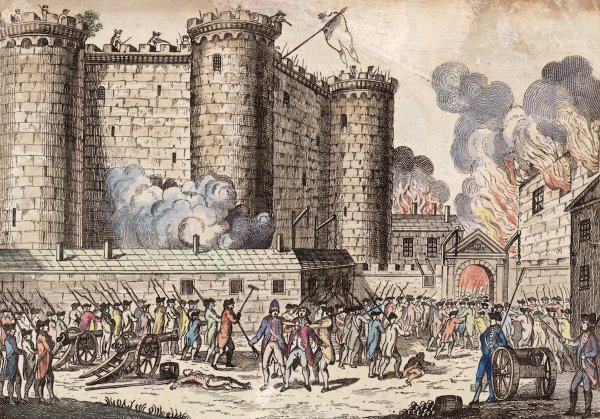
In France the revolution had effectively begun in 1783. The “Assembly of the Notables” (formed by prelates, aristocrats and a few representatives of the bourgeoisie) , the “Estates General” (which represented the clergy and the lower classes) and the “Third Estate” of the common people, could not agree on making reforms nor on the elimination of France’s budget deficit by way of increasing taxation. The events that followed led to the Paris peasants seizing the Bastille on July 14th 1789 and plunging France into years of terror and bloodshed.
Queen Caroline favoured the ideals of the Enlightenment and continued to do so even when the French Revolution broke out, but she changed her mind after the taking of the Bastille. Proof of it was that she supported her husband’s latest edict against the Freemasons in 1789. After France abolished the Monarchy in September of 1792 and beheaded Caroline’s sister Marie Antoinette, in October 1793, Caroline completed her about-turn and wholeheartedly embraced absolutism.
By the time the French Revolution reached its climax , the membership of the Independent National Grand Lodge had considerably subsided and its Grand Master Diego Naselli decided to suspend all works until better times.
It is however likely that some Masonic lodges continued to meet in secrecy, particularly in Sicily where the Freemason Francesco D’Aquino Prince of Caramanico had been appointed Viceroy by King Ferdinand.
When in December 1792 the French fleet arrived in Naples – though not as part of an occupying force – under the command of the Freemason Admiral Latouche-Treville [2] , the Neapolitan patriots welcome them with open arms. The arrival of the subjects of a Republican independent nation in the Italian Peninsula, revived the spirit of the Freemasonry ; Temples reopened to activity in Naples as elsewhere and new lodges were founded (many of them with a patent from the Grand Orient of France).
It was however at this time in history that the Italian Freemasons began moving away from their Lodges to join , instead, the Jacobin societies which supported independence and republicanism. In fact famously in history remains the night of August 1793 when the Freemason Carlo Giovanni Lauberg – the future 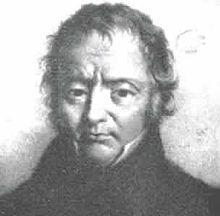 President of the Neapolitan Republic – convened about 20 Brothers at dinner with him on the beach of Mergellina – looking towards Posillipo[3] – to decide on the transformation of the Kingdom of Naples Masonic lodges into societies of a political nature, following the system adopted by the French.
President of the Neapolitan Republic – convened about 20 Brothers at dinner with him on the beach of Mergellina – looking towards Posillipo[3] – to decide on the transformation of the Kingdom of Naples Masonic lodges into societies of a political nature, following the system adopted by the French.
Eight months later, the largest of the Jacobin societies in Naples was founded by Carlo Lauberg and was called “Societa’ Patriottica Napoletana” . The Society later split into two sections, one known as ROMO – short for “Republica o Morte” (Republic or Death) –and the other as LOMO (Liberta’ o Morte, “Liberty or death”).
Following the discovery of the revolutionary Freemasons’ “dinner at Posillipo” , there was fearsome repression in 1794, with the leading figures of both ROMO and LOMO being arrested and hanged for treason.
France needed to stem the financial crisis caused by the revolution and had decided to invade the territories of Europe. The contributions from the taxation raised and the wealth plundered , would then go to replenish France’s almost empty coffers. So much so for the trumpeted motto: “Liberté, égalité, fraternité”, for sacrificing one’s life in the name of liberty and for democracy itself !
To achieve its economic objective France launched a massive attack to central Europe whilst assigning only a smaller part of its military force to the invasion of the Italian Peninsula as a way of a diversion.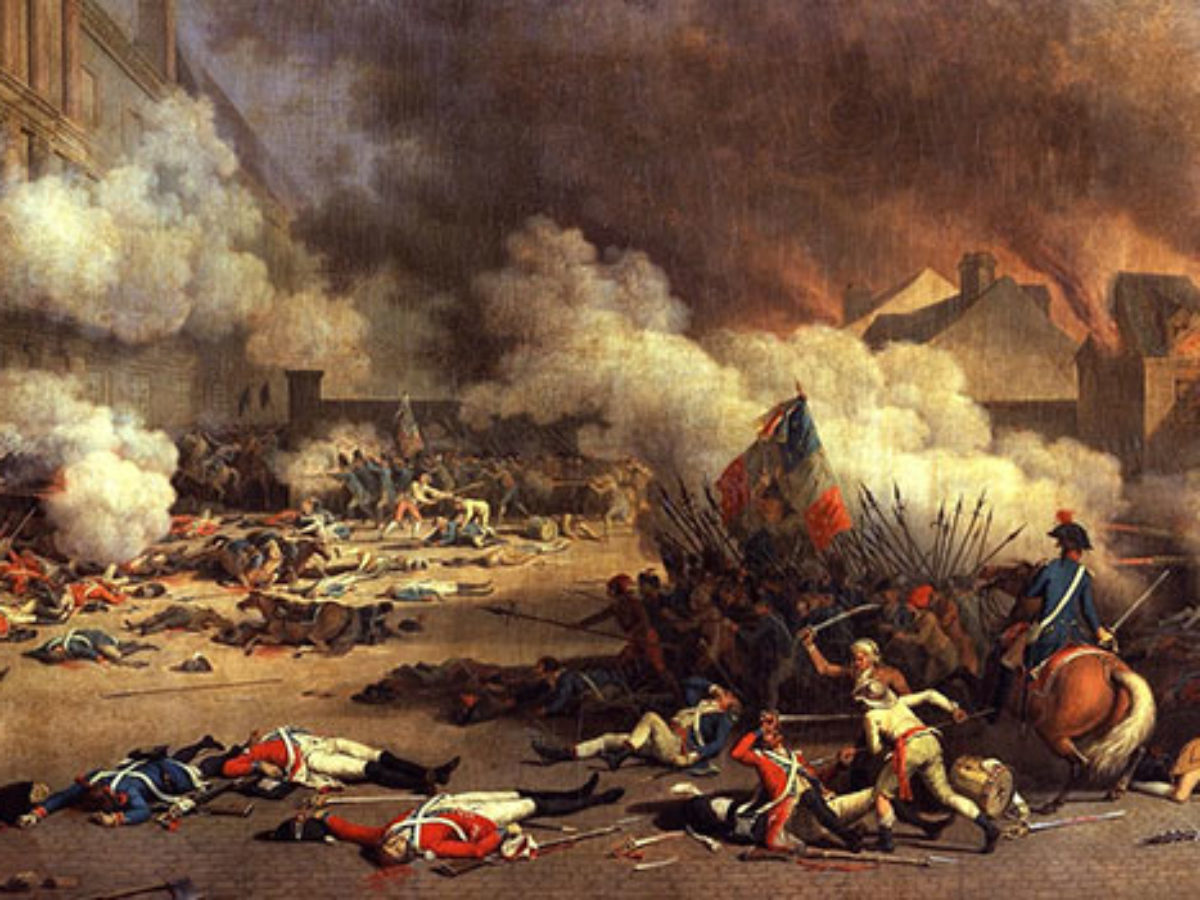
In 1796 the revolutionary French troops under the command of the young Corsican Bonaparte[4], had occupied a great part of northern Italy and in 1797 they had given life to the Cisalpine[5] Republic and the Ligurian Republic. The French then marched south and after taking Rome on 10th February 1798 they established the Roman Republic. Pope Pius VI , an aged and decrepit invalid, was deposed and dragged off to France where he ended his days in captivity.
The death of Marie Antoinette of France called for revenge by her sister Caroline. Through Prime Minister Acton, Caroline convinced her husband Ferdinand to fight the French by siding with England, whilst at the same time drawing also Austria into the conflict. The Freemason and Admiral Horace Nelson , who had arrived in Naples from the Battle of the Nile in Egypt[6] where 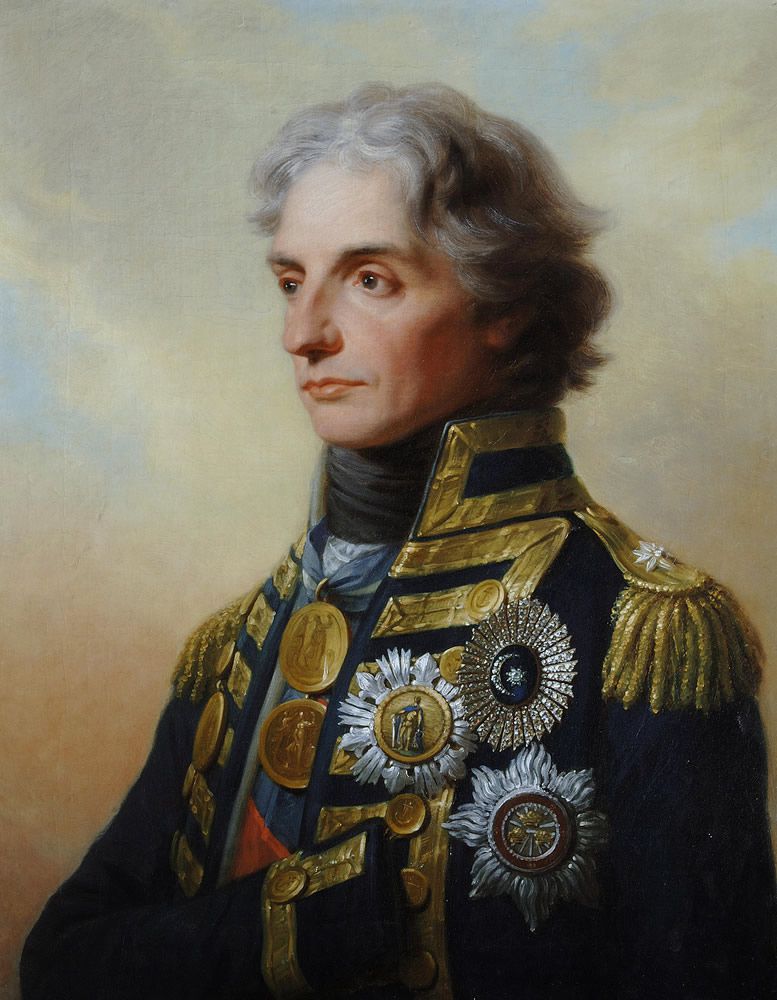 he had defeated the French, was tasked with supporting the operations to free Rome. The Hapsburg Maria Theresa, for her part, had sent General Karl Mack Von Leiberich to lead a Neapolitan army of 30,000 into attacking the French whilst Nelson was to land 4,600 troops at Leghorn, north of Rome, and fight the French if they retreated. Initially, all went well. Leghorn surrendered to the English on 28 November 1798 and the next day King Ferdinand entered Rome at the head of his troops. Thinking that the job was done , he invited the Pope to return to the eternal city but in early December 1798, the French army launched another attack and reoccupied Rome. Ferdinand retreated to Naples and then, in a state of panic on 23 December 1798 fled with his Court to Palermo in Sicily which was a territory of his kingdom. He was assisted in that operation by Nelson , who had put the Royals on the English flagship “The Vanguard”, and by the Neapolitan navy Admiral Francesco Caracciolo – who provided an escort with the Neapolitan frigate “The Sannita”. Interestingly when Caracciolo returned to Naples in January 1799 to take care of his private matters he found the city had declared the Partenopean Republic. Perhaps appalled at the cowardly flight of his King or perhaps enthusiastically taken with the new state of things, he took command of the Republican’s fleet that fought against the Neapolitan and British [7] naval forces. This was a decision that will later cost him his life.
he had defeated the French, was tasked with supporting the operations to free Rome. The Hapsburg Maria Theresa, for her part, had sent General Karl Mack Von Leiberich to lead a Neapolitan army of 30,000 into attacking the French whilst Nelson was to land 4,600 troops at Leghorn, north of Rome, and fight the French if they retreated. Initially, all went well. Leghorn surrendered to the English on 28 November 1798 and the next day King Ferdinand entered Rome at the head of his troops. Thinking that the job was done , he invited the Pope to return to the eternal city but in early December 1798, the French army launched another attack and reoccupied Rome. Ferdinand retreated to Naples and then, in a state of panic on 23 December 1798 fled with his Court to Palermo in Sicily which was a territory of his kingdom. He was assisted in that operation by Nelson , who had put the Royals on the English flagship “The Vanguard”, and by the Neapolitan navy Admiral Francesco Caracciolo – who provided an escort with the Neapolitan frigate “The Sannita”. Interestingly when Caracciolo returned to Naples in January 1799 to take care of his private matters he found the city had declared the Partenopean Republic. Perhaps appalled at the cowardly flight of his King or perhaps enthusiastically taken with the new state of things, he took command of the Republican’s fleet that fought against the Neapolitan and British [7] naval forces. This was a decision that will later cost him his life.
With King Ferdinand and his Court in Palermo, the control of Naples passed to Francesco Pignatelli, Conte di Laine e 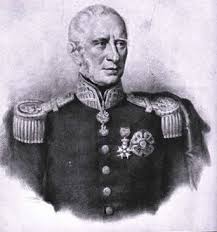 dei Principi di Strongoli (seen in the portrait) and carnal brother of that Freemason Vincenzo Pignatelli who was affiliated to the Lodge “The Zealant” since 1763. A civil war then erupted in Naples with the Jacobins and the Republicans fighting the Lazzari whilst the nobility and the educated classes, finding themselves abandoned by their King and to avoid total anarchy, contemplated the idea of establishing a Republic. The new Vicar of Naples , Francesco Pignatelli, had been chosen by Ferdinand because he had founded and run for a number of years the Real Military Academy at the Nunziatella[8]. As a military man, he knew a thing or two about discipline and military matters and was, therefore, the best suited to organise the Lazzari into an orderly militia that would repel the French. But although he was loyal to the King, it is believed that Pignatelli was secretly another Freemason and a member of the Parisian Lodge of the Nove Muse. The resistance failed and on 12 January 1799 in Sparanise ,near the city of Caserta, Pignatelli signed a two months surrender whereby the French obtained the closure of the port of Naples to the ships of all the enemies of France and the payment in two installments of two millions ducat. Pignatelli then abandoned Naples and sailed to Palermo where King Ferdinand had him arrested on arrival.
dei Principi di Strongoli (seen in the portrait) and carnal brother of that Freemason Vincenzo Pignatelli who was affiliated to the Lodge “The Zealant” since 1763. A civil war then erupted in Naples with the Jacobins and the Republicans fighting the Lazzari whilst the nobility and the educated classes, finding themselves abandoned by their King and to avoid total anarchy, contemplated the idea of establishing a Republic. The new Vicar of Naples , Francesco Pignatelli, had been chosen by Ferdinand because he had founded and run for a number of years the Real Military Academy at the Nunziatella[8]. As a military man, he knew a thing or two about discipline and military matters and was, therefore, the best suited to organise the Lazzari into an orderly militia that would repel the French. But although he was loyal to the King, it is believed that Pignatelli was secretly another Freemason and a member of the Parisian Lodge of the Nove Muse. The resistance failed and on 12 January 1799 in Sparanise ,near the city of Caserta, Pignatelli signed a two months surrender whereby the French obtained the closure of the port of Naples to the ships of all the enemies of France and the payment in two installments of two millions ducat. Pignatelli then abandoned Naples and sailed to Palermo where King Ferdinand had him arrested on arrival.
On 21 January 1799 , the French troops under the command of the General Etienne Championet conquered Castel Sant’Elmo and two days later , after winning the last and disorderly resistance of the Lazzari, entered the city of Naples.
The Partenopean Republic [9] was thereafter instituted.
(CONTINUES)
WB Leonardo Monno Anglisani
This work is licensed under a Creative Commons Attribution 4.0 International Licence. The author forbids any reproduction or publication of this article, in full or in part, without his explicit authorisation
[1] Born John Francis Edward in Besancon , France on 3 June 1736, died in 12 August 1811, Palermo, Italy.
[2] Louis-Rene Madelaine Le Vassor, Count De La Touche-Treville, was an aide to Philippe “Égalité” Prince d’Orléans, brother of the Louis XVI King of France and a Freemason himself
[3] The event is known as the “La cena di Posillipo” , “the dinner at Posillipo”
[4] Island in the Mediterranean Sea that was ruled by the Republic of Genoa since 1284. In 1755 Corsica became a self-proclaimed Italian-speaking Republic, until it was officially ceded by Genoa to Louis XV as part of a pledge for debts and subsequently annexed to France in May 1769. Napoleone Bonaparte was born on the Island a few months later on 15.08.1769
[5] It covered the Lombardy, the Emilia, Bologna and parts of the Veneto region.
[6] On 1August1798
[7] His last major engagement being an attack on the British flagship, Minerva, inflicting damage on that vessel.
[8] Which in 1779 was called “Real Collegio Fernandiano alla Nunziatella”.
[9] From 23 January 1799 to 13 June 1799
- His Majesty’s Servant , David Garrick Esq – Freemason ? - June 7, 2024
- Influencia de la Masonería en Chile - April 29, 2024
- Pomegranate in Freemasonry – its significance - March 11, 2024

